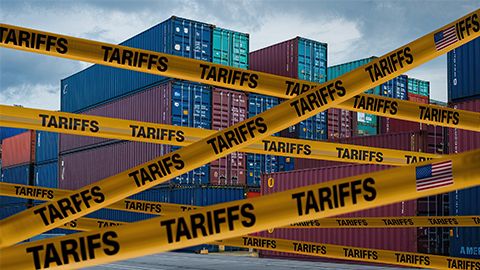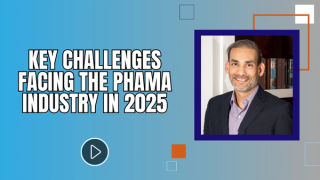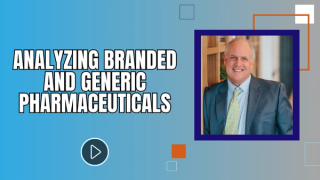
Business and Finance
Latest News
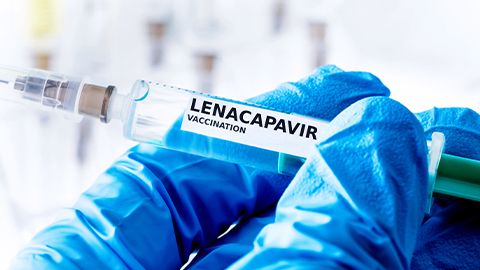
Latest Videos
Podcasts
More News

In the first part of his Pharma Commerce video interview, Marschall Runge, MD, PhD, dean of the University of Michigan Medical School and author of The Great Healthcare Disruption, explains how a federal cap on Medicaid provider taxes could potentially impact hospital systems.
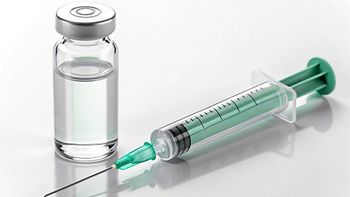
The company joins a wave of global pharma companies reshoring operations to strengthen the US supply chain and meet patient needs through domestic innovation and capacity.

As drug development increasingly targets multiple indications, pharma companies must make strategic branding decisions—balancing regulatory requirements, market dynamics, and patient safety—to choose between single-brand or multi-brand approaches.
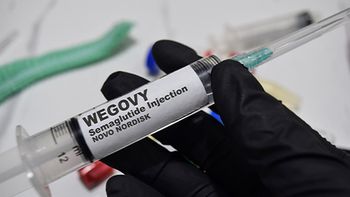
Access to the GLP-1 will be streamlined, and starting July 1, will result in a limited-time $299 price for eligible self-pay patients.

In the second part of his Pharma Commerce video interview, Mark Sawicki, PhD, Cryoport Systems’ president and CEO, explains how recent shifts in FDA leadership, funding constraints, and evolving CMC standards have each played a role in this process.

In the first part of his Pharma Commerce video interview, Mark Sawicki, PhD, Cryoport Systems’ president and CEO, discusses both the successes and challenges in commercializing cell and gene therapies.

The report spotlights China’s rapid biopharma advancement, alongside a GLP-1 surge, caution surrounding M&A, and a rise in biologics.

In the third part of her Pharma Commerce video interview, LeAnn Boyd, Liviniti’s founder and CEO, explains how a flat admin fee model can potentially create more value for both payers and patients.

The 200,000 square-foot Madison, WI facility will serve as the flagship location, with capabilities for future growth.

Though this specific agreement centers around aerospace and automobiles, the greater supply chain will wait and see how Trump’s import taxes impact pharmaceuticals, a sector that faces a potential 25% tax on imports.

The biopharma company—whose US headquarters is in Atlanta—will be building a new biologics manufacturing facility in a city to be named at a later date.

The acquisition of Cryoport’s specialty courier business is now finalized, with a value of approximately $200 million.

In order to succeed in today’s outcomes-driven healthcare landscape, pharmaceutical companies must move from traditional sales models to strategic, measurable partnerships with integrated delivery networks (IDNs).

Marketed as BNT327, the PD-L1xVEGF-A bispecific antibody has the potential to become what the involved parties believe is a ‘foundational immuno-oncology backbone.’

Potential import taxes on pharma goods entering the United States continue to have effects on the industry in more ways than one.

This serialization system represents a business imperative that yields significant competitive advantages.

The rebrand creates a platform that is expected enhance the way life sciences companies bring their therapies to market.

In the final part of his Pharma Commerce video interview, Kevin Dondarski, Deloitte’s life sciences R&D strategy leader, describes best practices for balancing long-term pipeline sustainability with short-term financial returns.

In the fourth part of his Pharma Commerce video interview, Kevin Dondarski, Deloitte’s life sciences R&D strategy leader, explains how GLP-1 therapies’ success can influence future investment strategies in high unmet need areas.

The telehealth site will welcome its own small-dose, compounded version of semaglutide, which mimics the function of a GLP-1.

The partnership is centered around cutting cold chain costs and emissions with smart packaging and carbon-neutral same-day delivery.
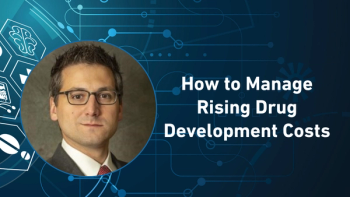
In the second part of his Pharma Commerce video interview, Kevin Dondarski, Deloitte’s life sciences R&D strategy leader, outlines strategies that companies can adopt to help mitigate these increasing costs.

In the first part of his Pharma Commerce video interview, Kevin Dondarski, Deloitte’s life sciences R&D strategy leader, shares the key factors that he believes are propelling a continued rise in projected R&D ROI.

Andrew Witty resigns due to personal reasons, as Stephen Hemsley, chairman and former chief executive, will assume the position.

The financial decision is due to customer demand stemming from the reshoring of drug supply services.

